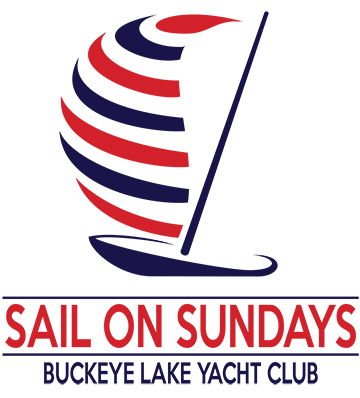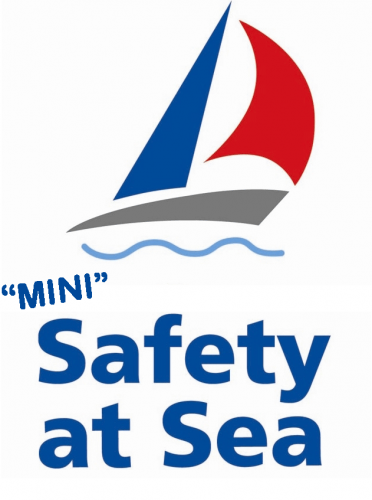David Paligo, Fleet Captain
s/v Runaway #1049
The 2022 BLYC Sailing/Racing Season has officially started with 9 boats registered and 7 boats going to the start line. This year there is strong competition amongst the PHRF racers.
At our competitors meeting, our PRO went through a starting sequence using the RC flags and sounds. With the winds directly out of the West and shifting to the NW, RC announced we would be using course C (S-1-2-1-F). Great course for our first race of the season. This gave crews a variety of marks and allow the team to remove some of that winter rust and spring cobwebs.
As many of the racers know we have gone to a new registration and scoring process so a big thanks go out to all who are working hard to make 2022 Sailing/Racing a successful season.
For the latest info on scoring results with corrected times, please click here.






